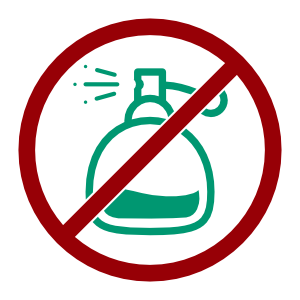Over the years, I have amassed a number of strategies for achieving the greatest pain relief in the shortest time possible. Below are listed the types of treatments I can perform, with a description of each. As I take courses, I will add to this list.
Myofascial Release
Positional Release
Relaxation
You live a busy life. You need some down time. During the relaxation massage, I will use a listening hand to find your stress and release it gently.
Temporomandibular Joint Treatment
Your Temporomandiublar Joint (TMJ) or jaw is one of the most important joints in your body. Well, every joint is important, but without adequate functioning of your jaw, important things like eating, drinking, and communicating become difficult or impossible.
The muscles around the jaw have various functions: some work to close the jaw, some work to open the jaw, some work to move your jaw from side to side, some move your voice box around, some help with swallowing, some help with moving your head around, some help with breathing, some help with creating facial expressions. Each of these muscles can develop trigger points and / or myofascial restrictions and / or pain.
You may have TMJ dysfunction: if you have had headaches inside or around your head, mouth, throat, or chest; if your jaw clicks; if you grind your teeth; if you sing; if you play clarinet or any other wind instrument; if you orate on television; if you have braces or have dental work.
Trigger Point Therapy
- ischemic compression, where I find the point and hold it until the pain goes away
- stretch and hold, until the pain goes away
- ice and stretch, usually only done in summer time

Please refrain from wearing scented materials on the day of your treatment. This includes, hairspray, colognes, perfumes, and scented deodorants.
(stand-alone Positional Release session)
(typical first time massage, sports massage)
(typical two area focus)
(typical relaxation massage, TMJ treatment, 3 area focus)
75 minutes
90 minutes
105 minutes
120 minutes
